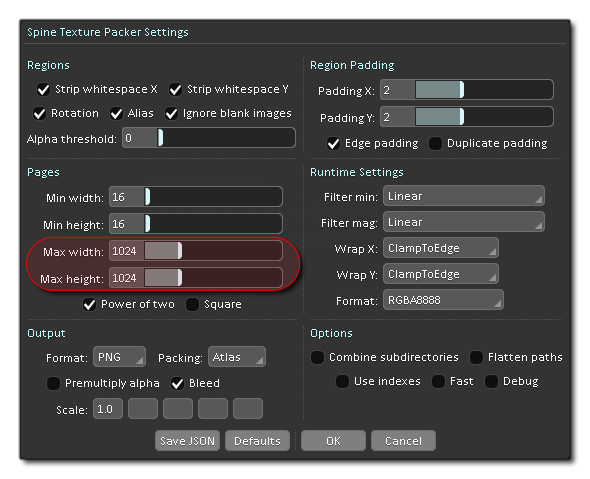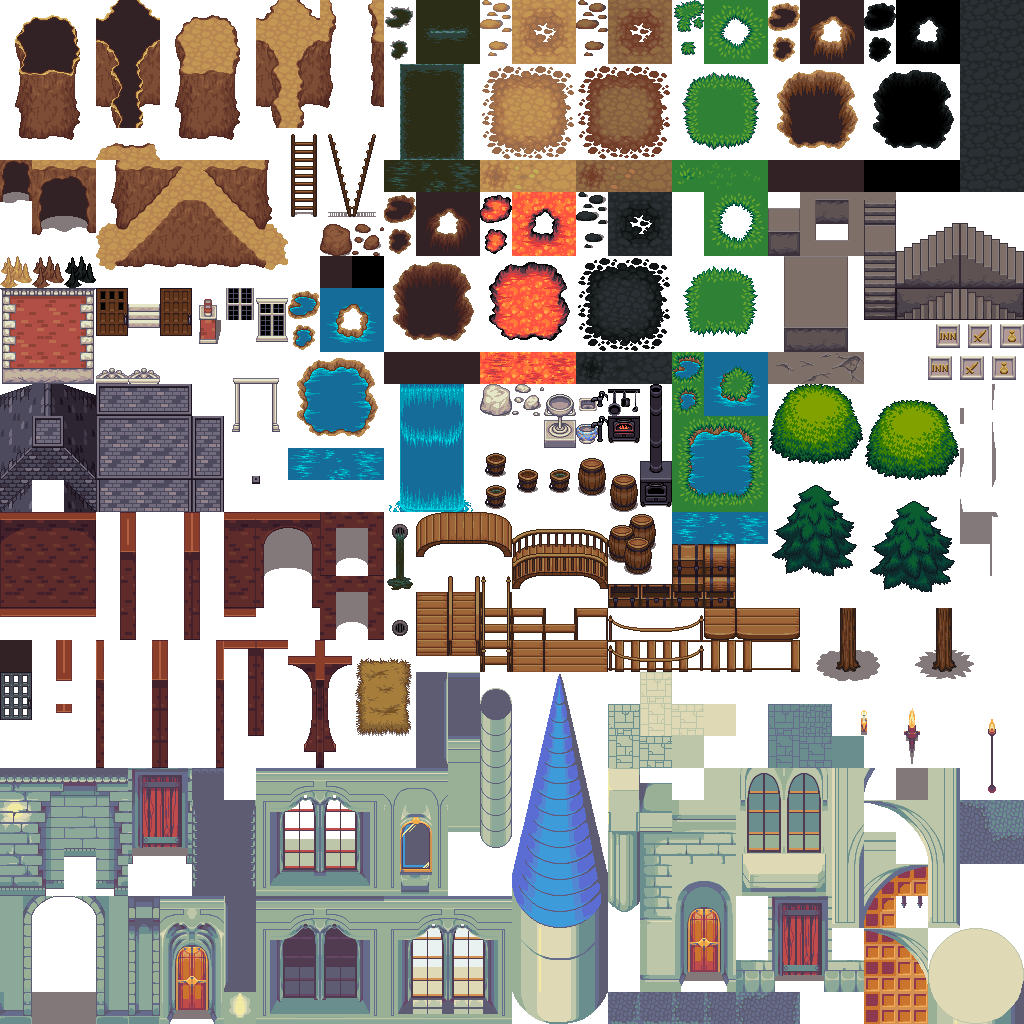
The Pack Settings button configures the texture packer settings. The atlas is named using the name of the project file without the file extension.
#Texture packer stretching png how to#
Two options are provided for how to find the images files to pack: When exporting JSON or binary, check Pack: The texture packer can be run two ways: Packing during data export Texture packing can also be done using the command line interface. The only reason to use multiple atlases is when some of the images don't need to be loaded at the same time. The regions are referenced in the atlas file by name.Ī single texture atlas can have many page images, allowing all the images for an application to be packed into a single atlas. The atlas file describes the locations within the page images of each of the packed smaller images, called atlas "regions".

atlas file extension and one or more image files, called atlas "page images". Texture atlas filesĪ texture atlas consists of a text file with an. Packing is done with numerous heuristics at various sizes and the most efficient result is chosen. Spine uses multiple advanced packing algorithms. Spine can efficiently pack many smaller images into larger images, resulting in what is called a "texture atlas". Binding the texture is relatively expensive, so it is ideal to store many smaller images on a larger image, bind the larger texture once, then draw portions of it many times.

In most graphics APIs (for example, OpenGL), a texture is bound, some drawing is done, another texture is bound, more drawing is done, and so on. While it can be used for your Spine skeletons, it can also be run separately to pack all the images for your applications. Spine's texture packer is a general purpose tool. Spine can pack your individual images into a texture atlas or grid (spritesheet) for more efficient rendering at runtime.


 0 kommentar(er)
0 kommentar(er)
